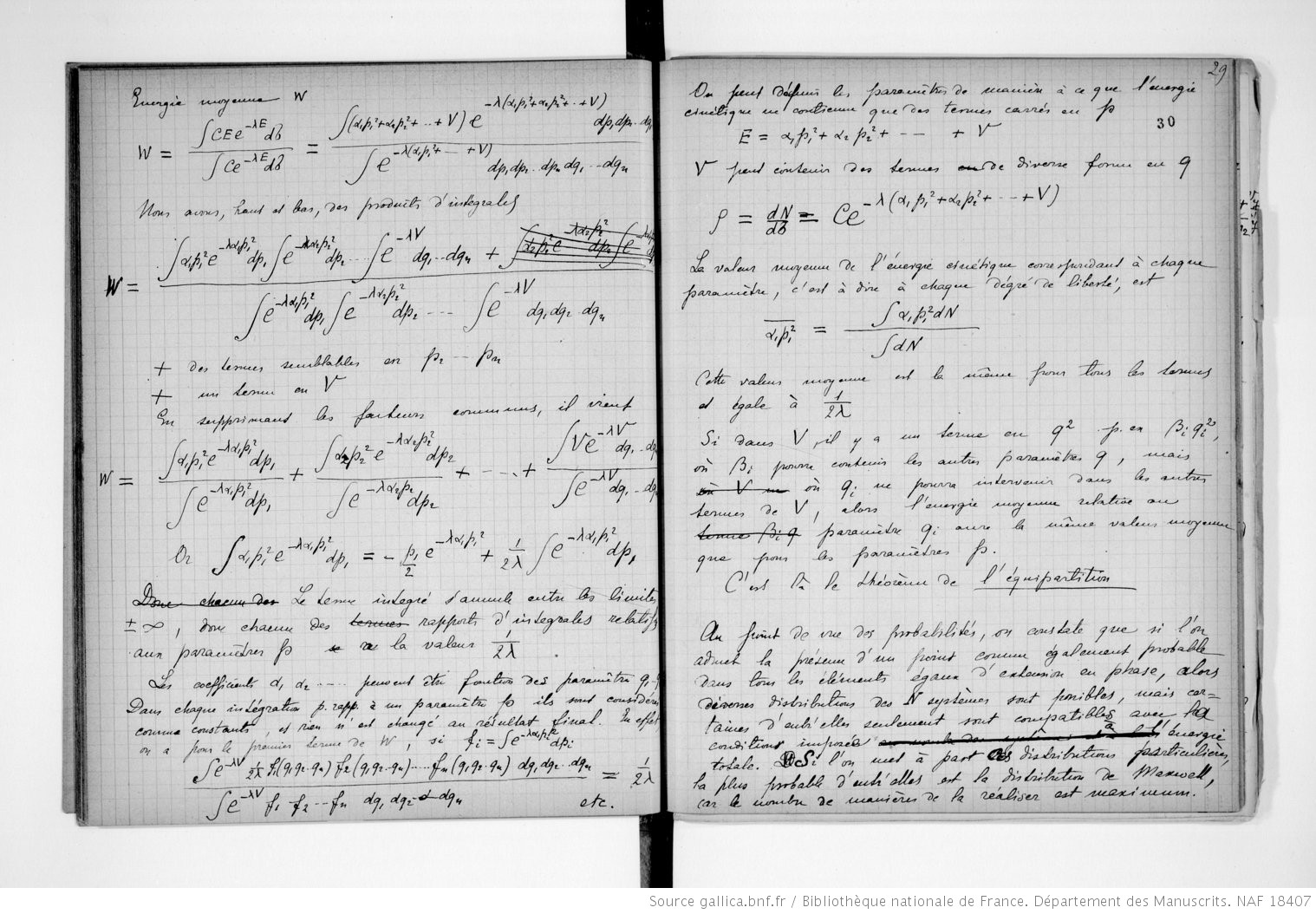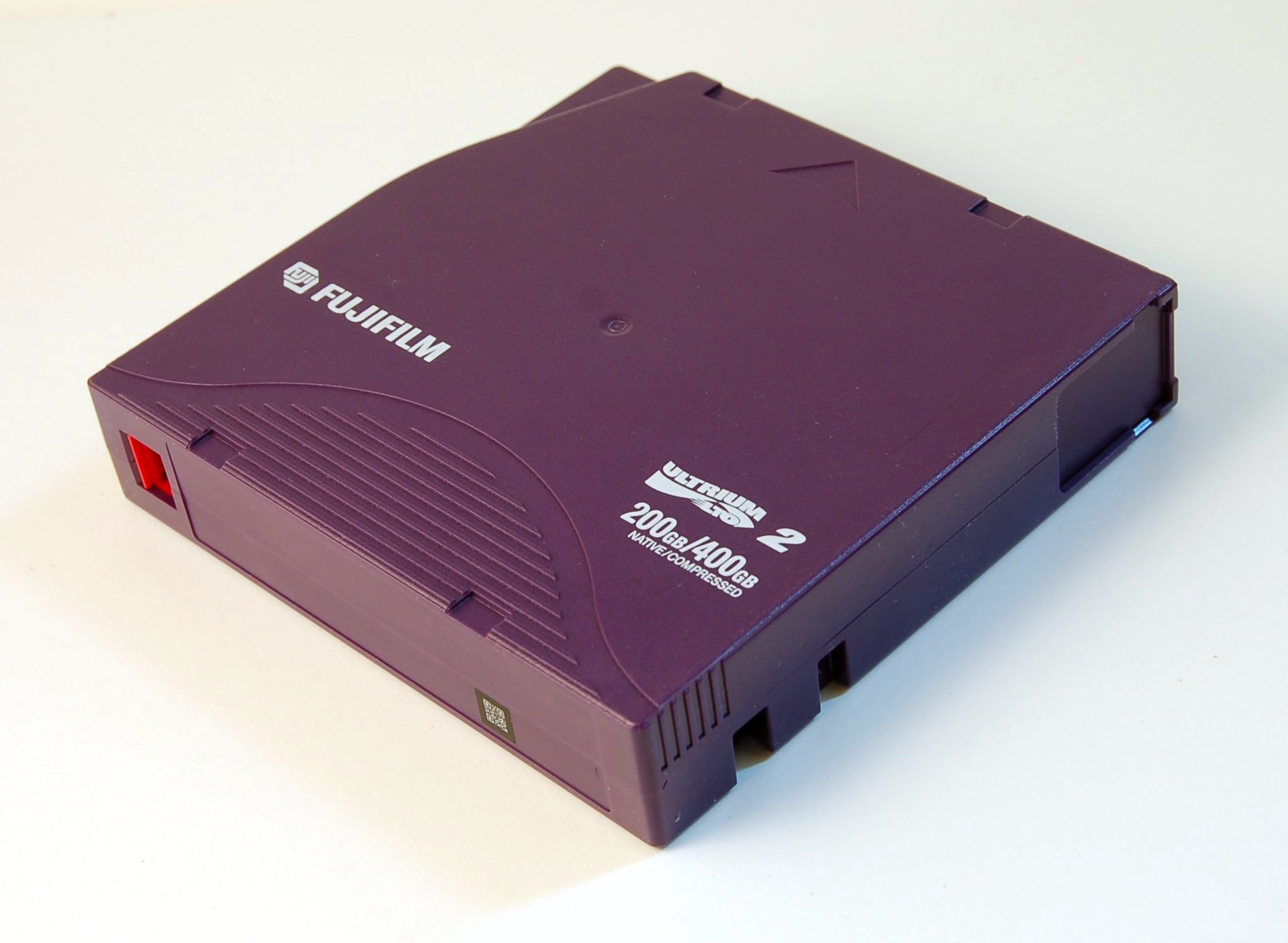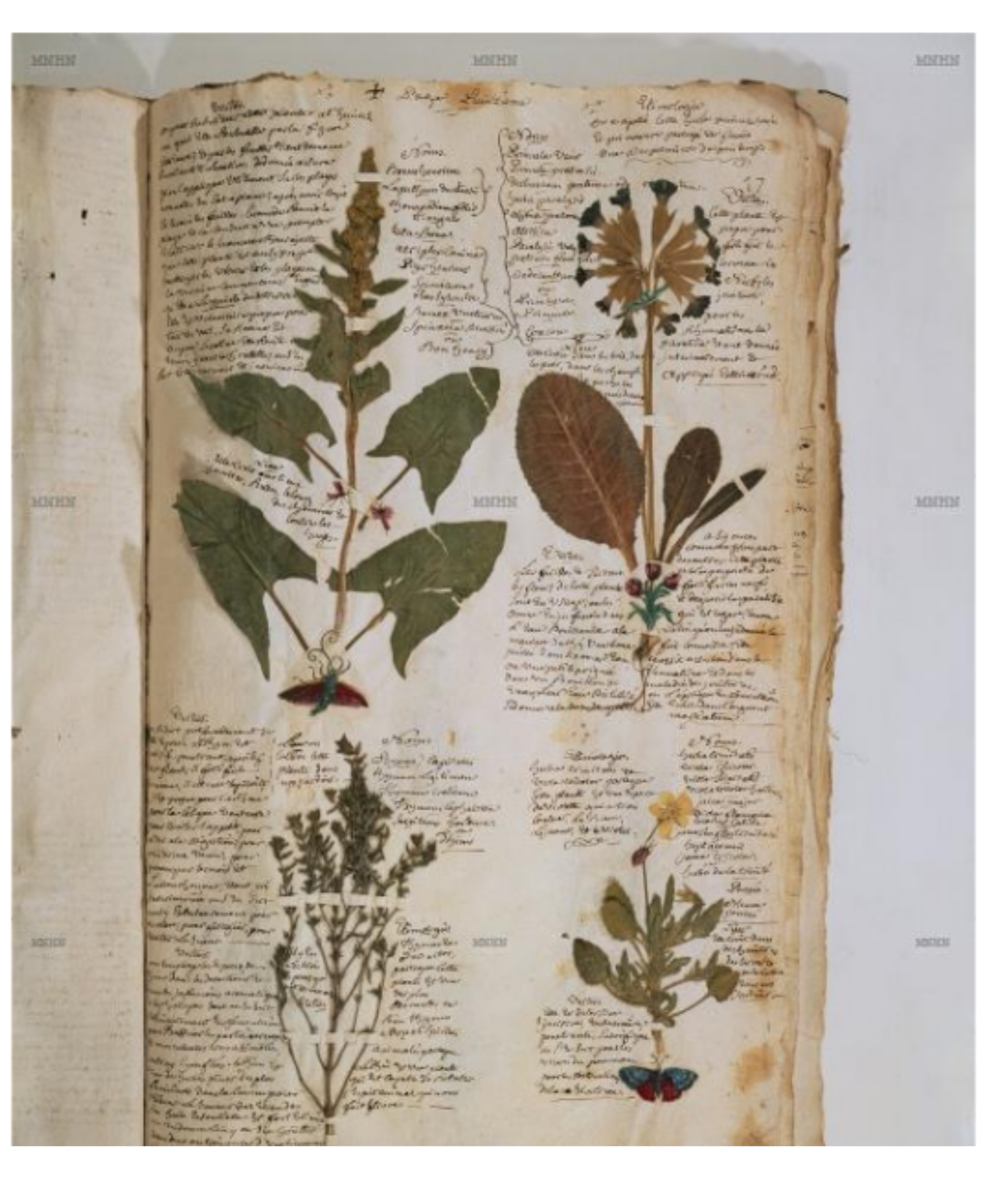Introduction
Overview
Teaching: 30 min
Exercises: 0 minQuestions
What is considered research data?
What is the Research Data Life Cycle and its main steps?
How do you define Research Data Management?
What are the main concepts that I will learn during this workshop?
How will it help me to make my research more accessible and reproducible for me and others?
Where can I get some help at my local institution?
Objectives
Be capable of listing the main steps of the Research Data Life Cycle.
Table of Contents
- 1. What is the Research Data Life Cycle?
- 2. Research Data Management (RDM)
- 3. Getting help from you local institution
- 4. Resources
- 6. Wageningen RDM course
1. What is the Research Data Life Cycle?
1.1 Research data.
Discussion
Pair up with someone in the workshop and try to define potential research data that you know.
Exercise
From this list of items, can you choose which one are research data and why?
- An article from a newspaper.
- An image taken from Wikipedia.
- Humidity level collected automatically by a hygrometer.
- Microscopy pictures taken by a scientist.
Solution
Answers 3 and 4 would qualify as a research data.
In short, everything you use during your research project could be qualified as “research data”: this definition would encompass quite a variety of items:
 |
 |
Laboratory notebooks

Field notes

2.2 The Research Data Life Cycle explained
Every piece of research goes through a series of steps.
Scheme of the Research Life Cycle.

Definition in a small movie (5min). The University of Ghent has assembled a collection of knowledge clip. Here’s the one on the Research Data Life Cycle:
2. Research Data Management (RDM)
2.1 Rationale
The main rationales for engaging in better Research Data Management (RDM) are:
- To protect data from being lost: physical damage to hard drives, a laptop being stolen,
- To make it easier and quicker way to find data: imagine having to find a dataset from a year ago because a collaborator or a reviewer ask you to.
- To enhance the security of your data: by relying on common well-established technical services (e.g. data repositories), the security of your data will be increased as you will be able to control who has access to it, specify the exact conditions to deliver access, etc.
- To improve your scientific reputation and career outcome: even unpublished, you can be cited for the data you’ve generated and be acknowledged. Also, embracing good practices in RDM
- To ease the sharing of data in both short- and long-term perspectives: you know where your data is located, what are the conditions to access it, how your data is formatted, etc.
2.2 Quick definition in a small movie (5min)
3. Getting help from you local institution
3.1 At the University of Amsterdam
The library hosts a Research Data Management helpdesk…
3.2 In the Netherlands
3.3 In Europe
3.4 In the rest of the world
4. Resources
- University of Amsterdam (NL) Research Data Management resource.
- University of Ghent (BE) Data Stewards Youtube channel.
- University of Wageningen (NL) Data Competence Center.
- The Open Science Training Handbook
Key Points
The main steps of the Research Data Life Cycle are: plan, create, process, analyse, preserve, give access, re-use.
Research Data are generated once but can be re-used extensively.
Research Data Management encompass the whole Research Data Life Cycle.